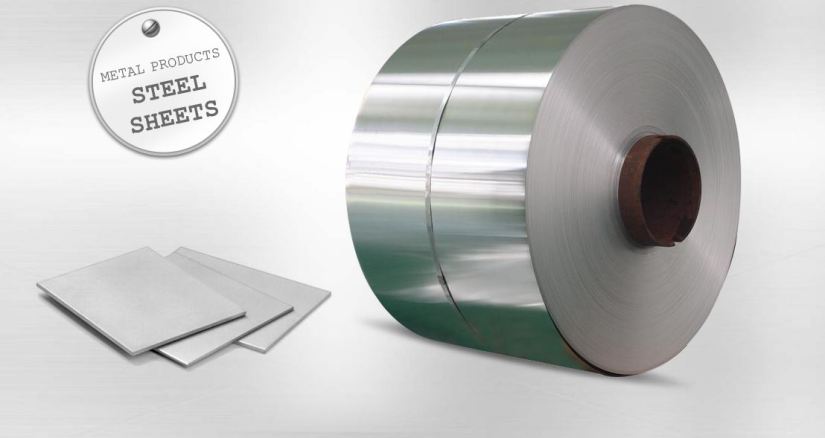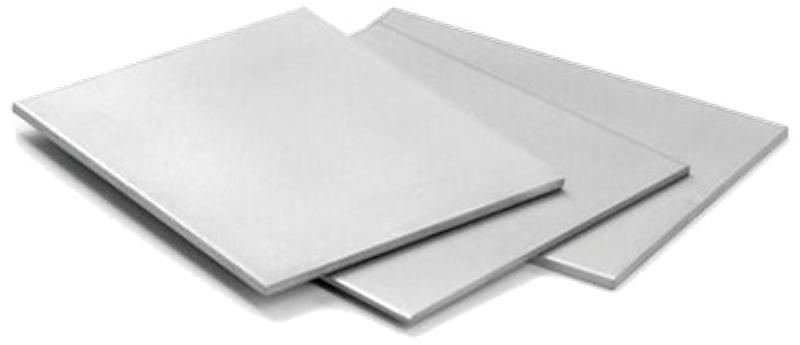Large suppliers are essential for successful companies, allowing you to produce and deliver your products and services. The challenge for small and medium-sized businesses is to find a reputable supplier with competitive prices. To find the right Aluminium Supplier In Singapore, you will need to know what your business is looking for and have a formal process to evaluate suppliers.

- RECOGNIZE THE VALUE OF GOOD SUPPLIERS
Start by recognizing the value of good providers and those relationships with these providers are mutually rewarding. From Internet services to raw materials, these goods and services are critical to your business. Your Stainless Steel Supplier Singapore can also be a vital source of market information and can even help you with marketing and product design.
- UNDERSTAND THE DIFFERENT TYPES OF PROVIDERS
Your Stainless Steel Singapore supplier will likely deal with different types of suppliers, ranging from merchants and distributors to importers and manufacturers. Recognize these different categories and how you should deal with them differently. For example, a manufacturer does what he sells, while distributors are intermediaries for buyers. This may affect how you negotiate, contract, and work with these providers.
- DETERMINE YOUR CRITERIA
If you do not know your requirements, you will not be able to evaluate the offers and quotes. Common criteria include price, quality, and delivery, or service time. You may also have special requirements, such as minimum and maximum orders, payment methods, returns, error resolution time, and warranties.
Other, less tangible criteria could include kindness, attention, efficiency, and transparency. You will want a good motivated partner to achieve the standards you want. Choosing the right Steel Supplier Singapore from the start ensures you have a motivated partner.
- OUTLINE YOUR SELECTION PROCESS
Having a formal selection process ensures that you address each criterion. If you are a manufacturer of high-volume raw materials, you can request proposals or even offers from a list of Mild Steel Supplier Singapore. If it’s an individual support plan, your process might be easier, like going online to compare plans.
- HOW TO REACH THE SUPPLIERS?
Reach your favorites list with a phone call or formal written requests for proposals or quote requests. For more complicated goods or services, provide them with a detailed outline of what you need, including quality standards and the contract time frame. Once Metal Supplier Singapore responds, you can evaluate your presentation or quote based on your criteria.
- RELIABLE MERCHANT SHIP
Whether your business is small or medium, merchants will be a major provider helping you with everything from a secure electrical system to plumbing and renovations. You will need to check your licenses and qualifications to make sure they meet legal compliance standards to get the job done.
Verify that the merchant has liability insurance for any damage to your property. A detailed written appointment is also essential, along with the end date and an explanation of what happens if there is additional unforeseen work. Don’t pay in advance; pay only after work is completed, and beware of scammers who require cash payments. Look for online reviews, preferably verified, and review testimonials from past clients.
